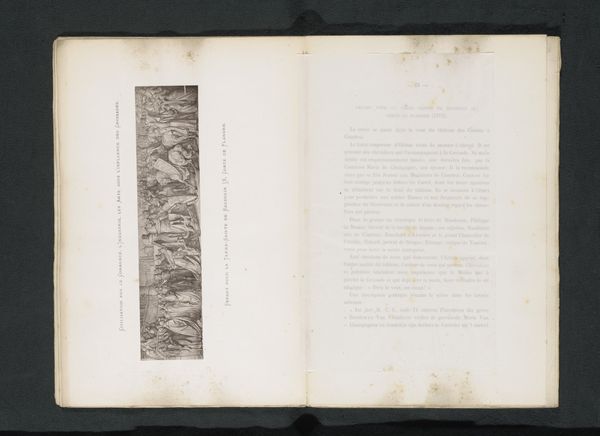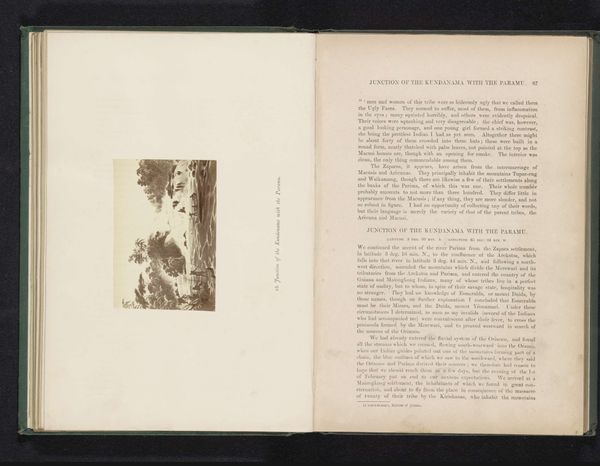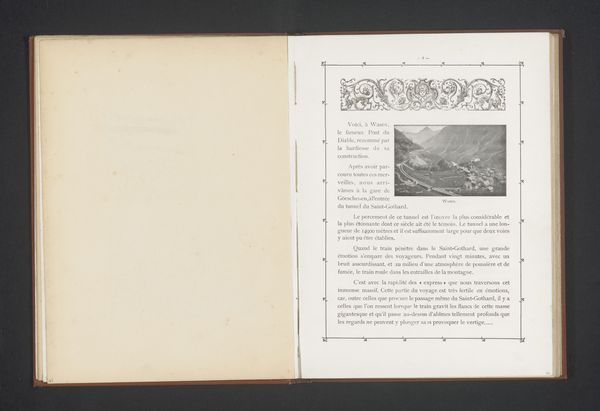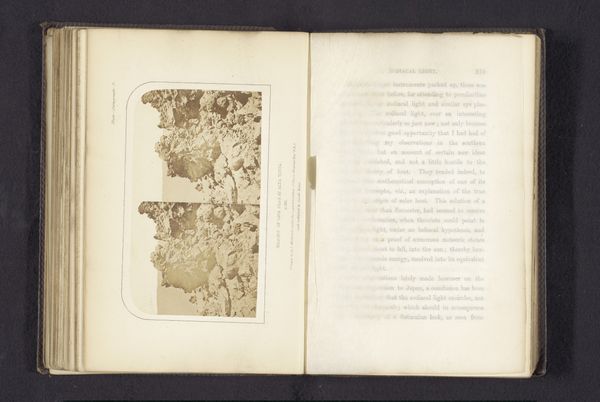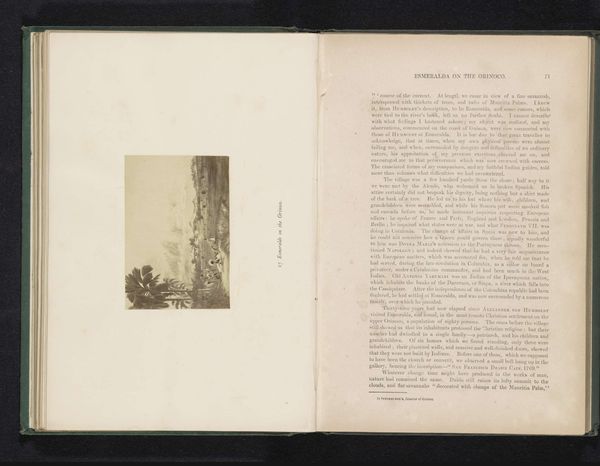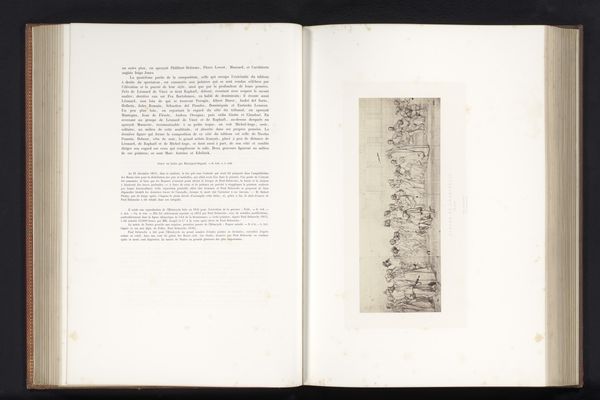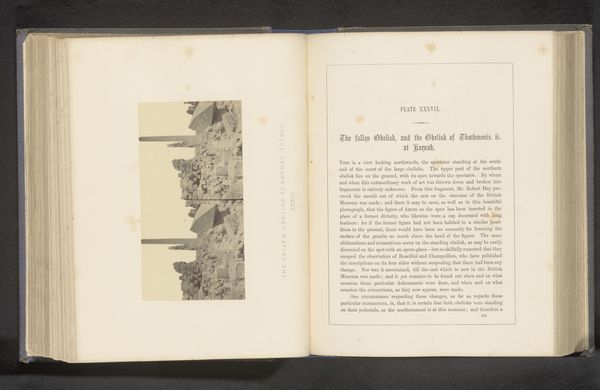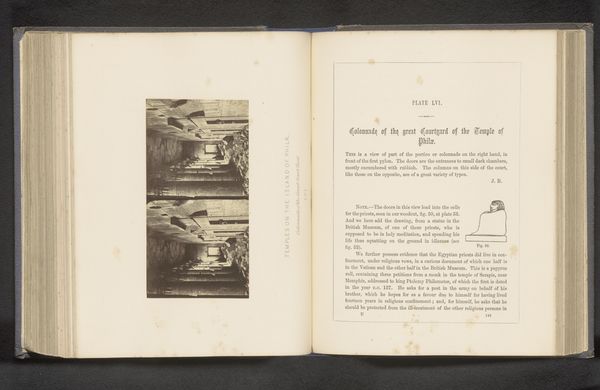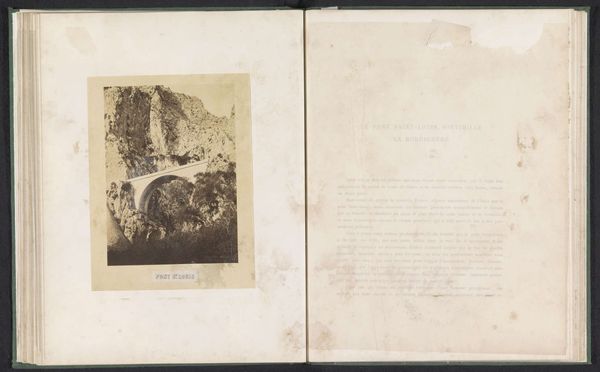
Fotoreproductie van een tekening naar een muurschildering in de Schepenzaal in het Stadhuis van Kortrijk, voorstellende het vertrek van graaf Boudewijn IX van Vlaanderen naar Het Heilige Land before 1876
0:00
0:00
print, photography, engraving
#
script typeface
#
aged paper
#
medieval
#
script typography
#
paperlike
# print
#
hand drawn type
#
photography
#
hand-drawn typeface
#
stylized text
#
thick font
#
history-painting
#
handwritten font
#
engraving
#
historical font
Dimensions: height 49 mm, width 211 mm
Copyright: Rijks Museum: Open Domain
Editor: Here we have a photographic reproduction of a drawing of a mural, dating from before 1876. It depicts the departure of Baldwin IX of Flanders for the Holy Land. The density of the figures in the image is striking, as are the hand-drawn lettering. What's your interpretation of it? Curator: The choice of reproducing a medieval mural at this particular moment is significant. This image is both historical document and a product of its time, speaking to 19th-century colonialist ideologies, in my view. The focus on the Crusades, framed as a noble departure, is interesting, given Europe’s imperial expansions then. Do you see that connection at all? Editor: I see what you mean. It reframes expansionism as a historical quest. The photograph, rather than the original drawing, complicates it, doesn't it? Curator: Absolutely. The photograph flattens the image, somewhat like removing the dust from historical reality and producing a supposedly "objective" view of the past. Who benefits from this clean and legible narrative of crusading? What is the message here about power? Editor: It sounds like it subtly glorifies colonialism through the lens of medieval history. So the subject isn’t only Baldwin IX but the values attributed to his campaign? Curator: Precisely. It encourages us to question whose stories are amplified and how historical narratives can be manipulated to legitimize present actions. This print asks us to confront how history serves power. Editor: That's a fascinating perspective. I will never look at a historical artwork the same way. Curator: And that is precisely the point! Looking closely unveils stories woven into every art work.
Comments
No comments
Be the first to comment and join the conversation on the ultimate creative platform.
